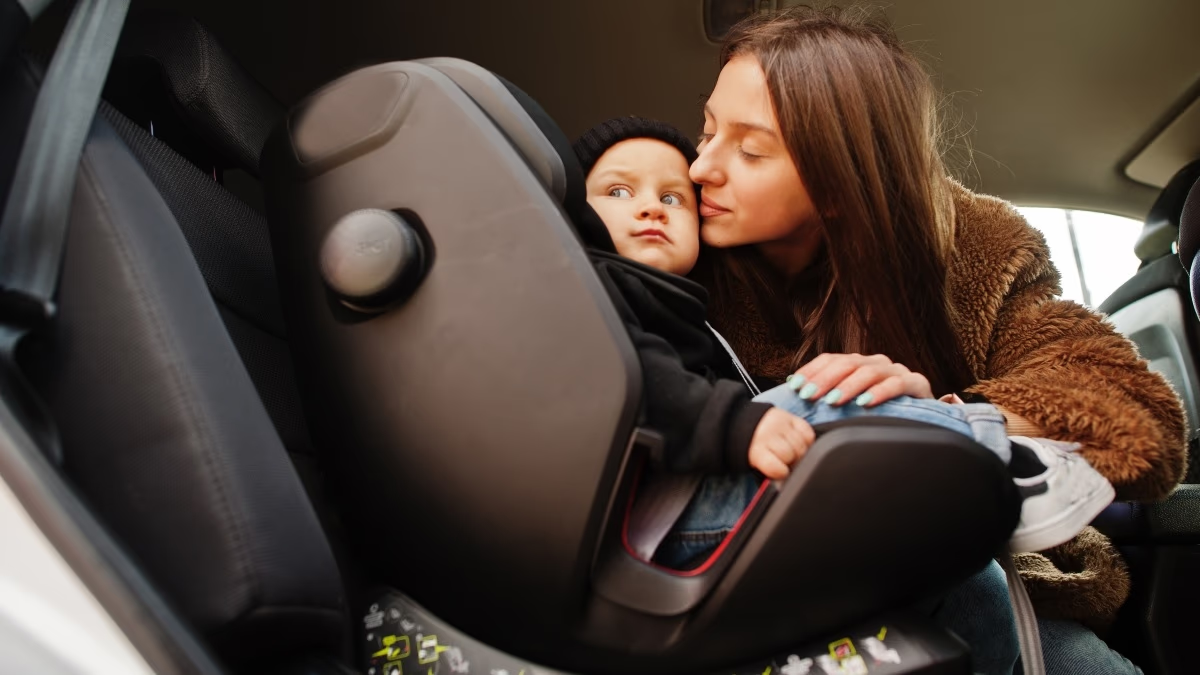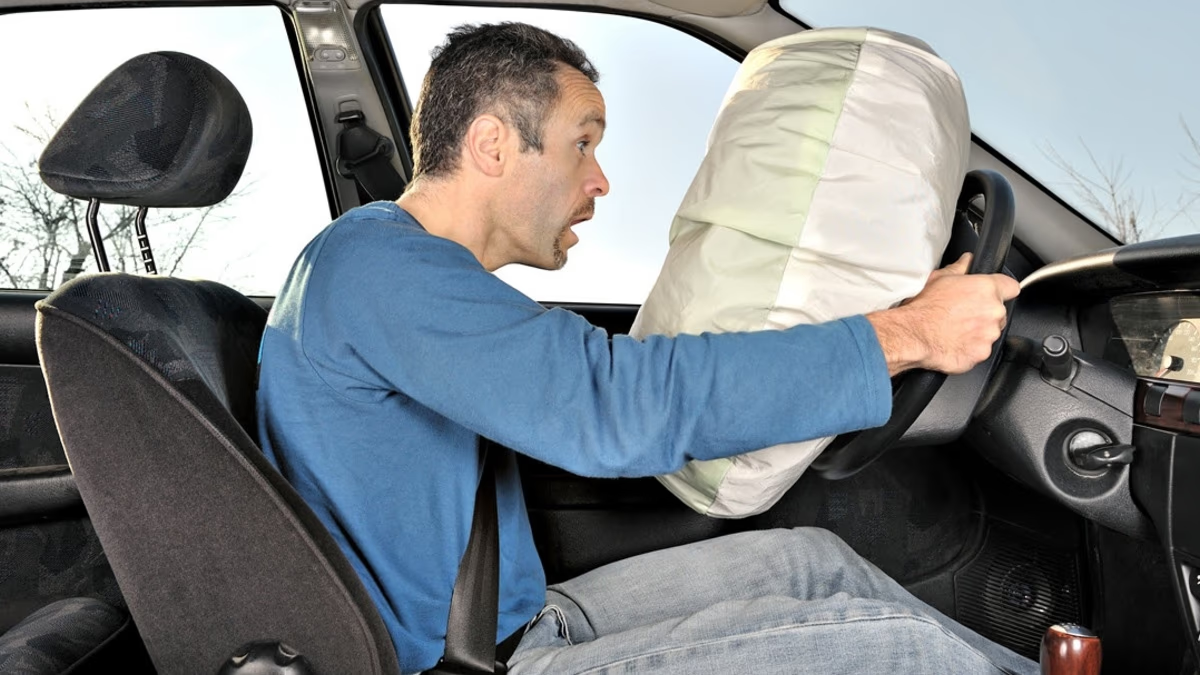Car airbags are crucial safety features designed to protect passengers during road accidents. However, there are instances where they can also be fatal. Recently, in Navi Mumbai, a six-year-old child tragically lost his life due to an airbag deployment following a car crash. The rapid deployment caused severe neck injuries, resulting in his untimely death. Are airbags truly a danger to your children? In this detailed exploration, we'll discuss the facts you need to know.
Understanding Airbags:
Firstly, let's comprehend what an 'AIRBAG' is. It's essentially a cushion-like cover made from sturdy textile or fabric, similar to polyester. Designed with high tensile strength, it's meant to safeguard passengers during accidents. It operates as a safety cushion within the car, activating upon impact.
How Airbags Work:
Airbags are often part of a Supplementary Restraint System (SRS). Upon collision, this system injects nitrogen gas into the airbag, inflating it within milliseconds to provide a cushioning effect for passenger safety.

Source: aajtak
The Speed of Airbags:
The deployment speed of airbags varies based on accident severity, controlled by the Airbag Control Unit (ACU). A sensor sends a signal to the ACU, which activates the inflation device, producing nitrogen gas to inflate the airbag in mere milliseconds.
According to details from Clemson University's website, the time it takes for the crash detection to full airbag deployment is approximately 0.015 to 0.050 seconds, with deployment speeds reaching about 300 km/hour.
Airbags Activate Before You Blink:
The rapidity of airbag deployment—approximately 30 to 50 milliseconds—illustrates their speed. For reference, a car accident transpires over 120 milliseconds, while blinking takes about 100 to 150 milliseconds, averaging 14 to 17 blinks per minute.

Source: aajtak
Proper Seating for Children by Weight and Size:
Children under 9 kg should always be seated in the back, facing away in an ISOFIX child seat.
For those between 9 and 18 kg, a forward-facing seat is appropriate, alongside an ISOFIX child seat.
Children over 18 kg should use a booster seat with shoulder and lap belts.
Children whose height exceeds 63 cm should use shoulder and lap belts when seated in the car.
Adults Can Also Be Affected:
While airbags are essential, they can sometimes cause injury to adults. In an incident near Noida, an employee's car collided with a divider, resulting in damage despite airbag deployment saving his life. He suffered rib fractures from the impact.

Source: aajtak
Chest Injuries from Airbag Deployment:
Burns, Cunningham & Mackey report that rapid airbag deployment can lead to chest injuries. The fast inflation process can cause pressure and impacts on the chest.
Bruises and Scratches: The rapid force can cause bruises and scratches in the chest area.
Rib Fractures: Such fractures occur, especially when seated too close to the airbag.
Sternal (Breastbone) Fractures: Particularly concerning in older passengers, these require caution.
Internal Injuries: The powerful force involved can impact internal organs like the lungs, though treatable with proper care.
Avoiding Airbag Injuries:
Proximity to Airbag: Sitting too close increases injury risk. Maintain at least a 10-inch distance from the airbag module.
Seat Belt Use: Proper seat belt usage minimizes the impact during collisions, reducing injury risks.
Vehicle Speed: Speed affects airbag impact—drive within limits for safety.
Age and Physical Condition: Factors like age or existing health conditions influence injury risks during airbag deployment.




